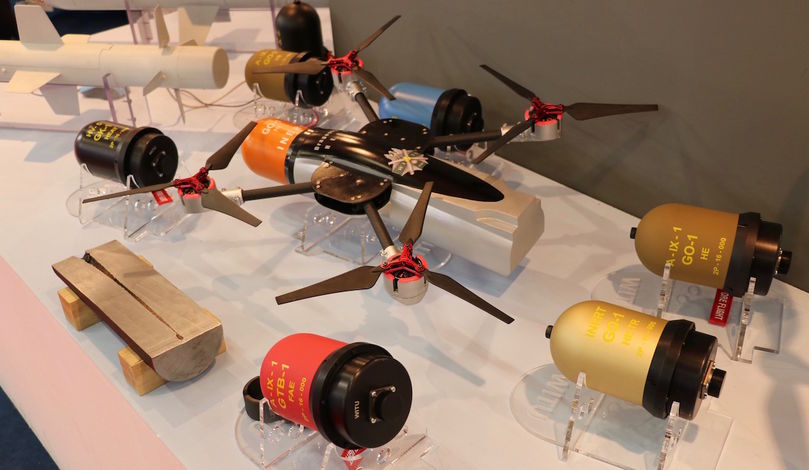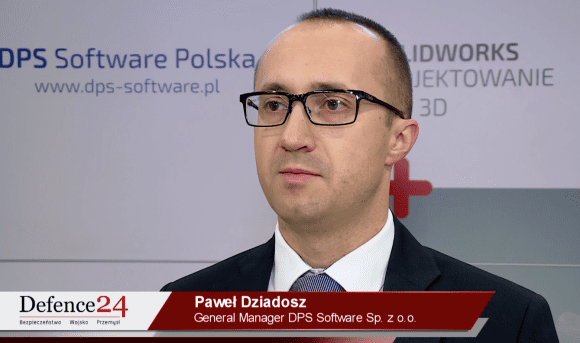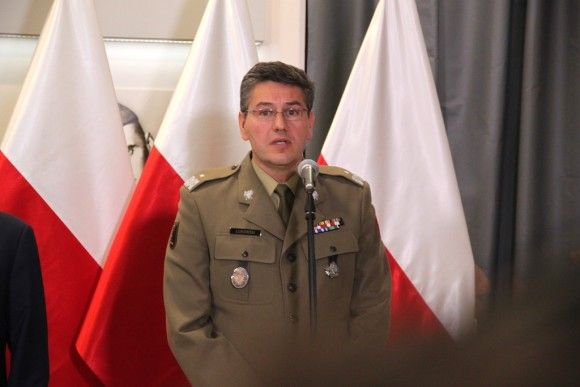Industry
15 Potential Contractors Willing To Supply UCAVs For the Polish Armed Forces
The Armament Inspectorate announced that 15 entities have submitted their requests to be included in the technical dialogue, related to acquisition of unmanned search and strike systems for the Polish Armed Forces.
As we were informed by Col. Sławomir Lewandowski, Chief Specialist at the Armament Inspectorate of the Polish Ministry of Defence, 15 entities have submitted their requests to be included in the technical dialogue, related to acquisition of unmanned search and strike systems for the Polish Armed Forces. Polish private and state entities, research institutes, as well as foreign companies are all included within the aforesaid group. The dialogue involves both the domestic drone or drone-based systems manufacturers (WB Electronics, Air Force Institute of Technology – ITWL, Optimum, BELMA), as well as companies who deal with armament, or even representatives of the foreign entities.
As it was noted by Col. Lewandowski, the entities that have submitted their dialogue-related requests, include: WB Electronics S.A., with a seat in Ożarów Mazowiecki, Warsaw’s Institute of Aviation, STUNNER Consulting Lucjan Mucha company based in Warsaw (representing the RAFAEL company), Haifa-based Elbit Systems Ltd. (Israel), Warsaw-based Yagal Sp. z o.o. company, Polish Armaments Group (Polska Grupa Zbrojeniowa S.A.) based in Warsaw, Bydgoszcz-based Military Aviation Works No. 2 (WZL nr 2), Warsaw based Siltec Sp. z o.o. company, Rome-based Leonardo S.A. company, Air Force Institute of Technology based in Warsaw, MBDA Missile Systems from Paris, OPTIMUM – Tymiński i s-ka, spółka jawna, based in Warsaw, BELMA S.A. company with a seat in the town of Białe Błota, Poland-U.S. Operations sp. z o.o, Warszawa company, Warsaw-based Asseco Poland, and Israel Aerospace Industries based in Tel Aviv.
Read more: Warmate: Polish Loitering Munition In Use. “Two Export Agreements Have Been Signed”
The technical dialogue procedure paves the way for the Polish Army, towards acquisition of loitering munition systems. The said systems are to be used to strike targets at “medium ranges”, with the use of a “specialized, integrated warhead system”. The UAVs have been hence treated as medium range PGMs, capable of autonomously detecting and destroying time-sensitive-targets (TSTs).

The aforesaid definition refers to the targets, as NATO standards foresee, which would require immediate reaction due to their value or threat they may pose for the allied forces. We are referring both to the artillery units, dangerous weapons, or camouflaged enemy positions, as well as key supply or command components of the adversary.
Read more: Optoelectronics and UAV Systems for the Polish Territorial Defence Units. Three Contracts Concluded
Polish Defence Industry has developed several solutions belonging to the class of light strike UAVs, including ones belonging to the class of loitering munitions. DragonFly strike quadcopter developed by the Military Institute of Armament Technology, fitted with GO-1 fragmentation or GK-1 shaped-charge warheads, is a good example of a system of this type. The said UAV is to be introduced into production through collaboration between the Military Institute of Armament Technology and Military Aviation Works No. 2 (WZL nr 2) facility belonging to the Polish Armaments Group, with the Belma S.A. company being the party which is to be contracted with delivery of proper warheads. The contractual agreements regarding the implementation-related cooperation have been signed last year already.
WB Electronics Warmate UAV is yet another example of a system belonging to this class of UAVs. It may be operated both as a reconnaissance platform, as well as in a role of a strike system (as a loitering munition-grade platform), whereas the said UAV platform also makes use of the GO-1 and GK-1 warheads, similarly to the DragonFly solution. WB Electronics Group has concluded, as for now, at least two export contracts concerning the Warmate UAV. The said systems were being presented during the IDEX 2017 expo in the UAE, moreover, Ukraine has expressed its interest in manufacturing the UAV in question.
Optimum company, on the other hand, during the MSPO 2016 event, has been demonstrating the Pszczoła (Bee) reconnaissance and strike system, destined to be used as a support weapon at the platoon level, including UCAVs and reconnaissance UAVs, including the ones utilizing the EFP warheads (Explosively Formed Penetrator). Meanwhile, the Air Force Institute of Technology has presented its multi-role NeoX UAV which, besides carrying out the reconnaissance sorties (also in civil applications) may also be used to attack targets with the use of a shaped charge.
Among the foreign systems, one may list the Israeli Harop UCAVs which have seen operational use during the conflict in the Nagorno-Karabakh Republic, or US made AeroVironment Switchblade systems. One should note that market for such equipment also faces a prospect of dynamic growth, and this entails a context within which numerous similar systems of this class are being developed at the moment.


